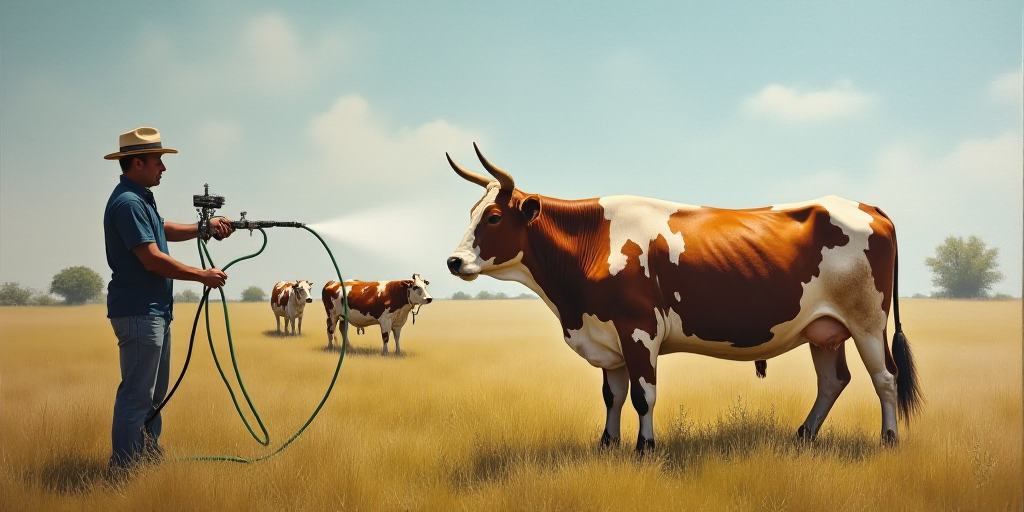Background on the Situation
Despite Jalisco currently being free of the cattle-destroying worm, also known as the “barrenador,” authorities and private sector have formed a response table to stay vigilant against its potential arrival in the state, according to the Secretaría de Agricultura y Desarrollo Rural (Sader) in Jalisco.
Who is Eduardo Ron Ramos?
Eduardo Ron Ramos is the head of Sader in Jalisco, a crucial position given his role in coordinating the response to this potential threat. His expertise and leadership are vital for safeguarding Jalisco’s agricultural sector, particularly its cattle industry.
Current Measures and Initiatives
Ron Ramos highlighted the formation of a response table with private sector participation, emphasizing their proactive approach to prepare for the “day D” when the worm might arrive.
“We’ve established a control table to stay aligned with a well-defined strategy,” Ron Ramos told El Economista. “We’re on high alert and designing our strategy for the day D, as the epidemiological advance indicates that a pest of this nature spreads 1.4 kilometers per day.”
As part of the prevention strategy, Ron Ramos mentioned a project to train rescue dogs from shelters into certified canine units that can detect the cattle-destroying worm. Currently, Jalisco has two trained dogs, Havana and Hummer, who patrol highways for infected cattle arriving from southern states affected by the worm.
Future Plans
Ron Ramos anticipates that six more canine units will join the effort by year’s end, enhancing Jalisco’s capacity for prevention and reaction against various cattle diseases.
First Certified Handling Facility
Jalisco is also the first state in Mexico to have a certified handling facility for inspecting cattle before they transit to the northern region, which remains a secure zone. This new protocol by Senasica requires states affected by the worm (southern Mexico) to have a handling facility for inspecting cattle by canine units and accredited veterinarians before issuing a certificate of freedom from the worm.
Impact on Jalisco’s Cattle Industry
Although Jalisco does not export live cattle to the United States, the closure of U.S. borders to Mexican cattle significantly impacts local producers, primarily due to falling cattle prices.
Key Questions and Answers
- What is the current status of the cattle-destroying worm in Jalisco? There are currently no cases of the cattle-destroying worm in Jalisco, but authorities and producers remain vigilant.
- What measures are being taken to prepare for its potential arrival? A response table has been formed with the private sector, and strategies are being developed, including training rescue dogs to detect infected cattle.
- What is the significance of Jalisco having the first certified handling facility? This new protocol by Senasica requires states affected by the worm to have a handling facility for inspecting cattle before issuing certificates of freedom from the worm.
- How does the closure of U.S. borders to Mexican cattle affect Jalisco’s cattle industry? Despite not exporting live cattle to the U.S., the border closure negatively impacts Jalisco’s producers due to falling cattle prices.






